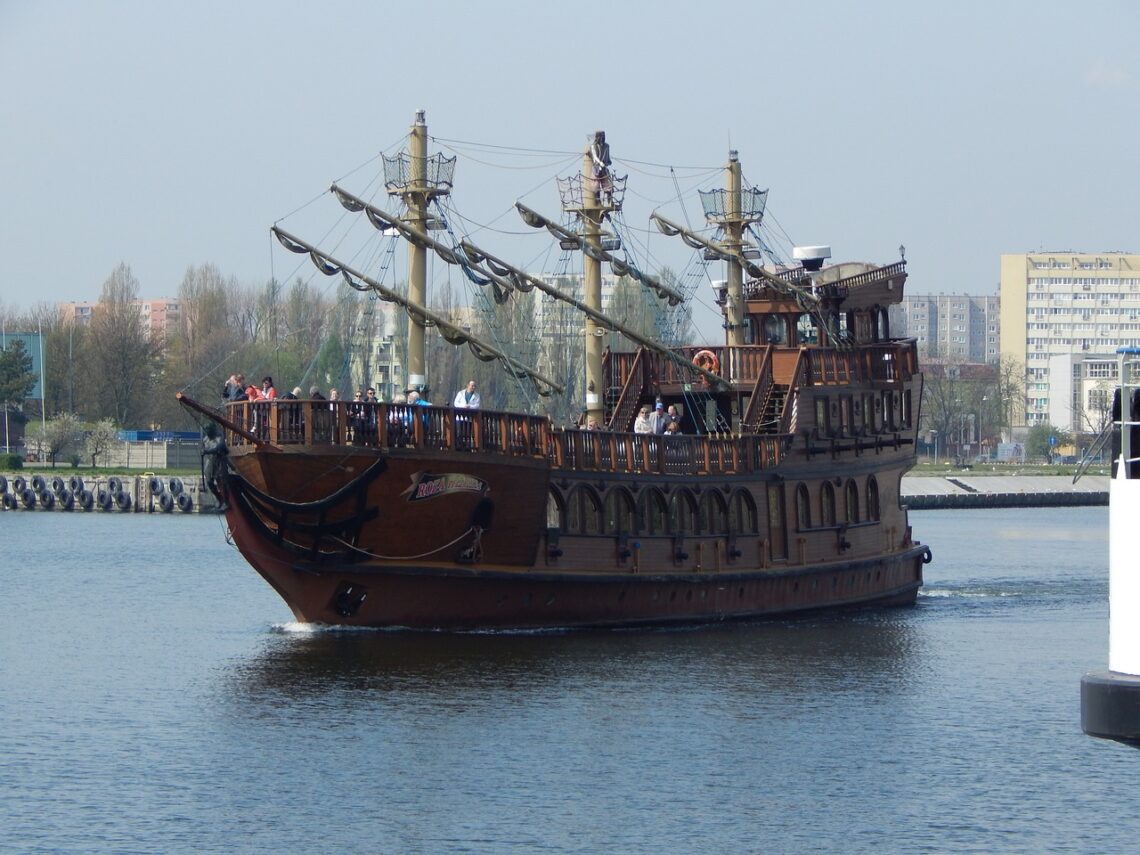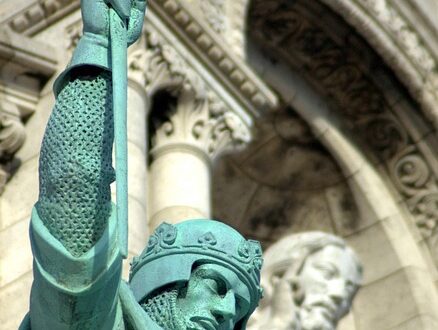The Spanish invasions of North Carolina coast in the early 1700s were a result of a sequence of clashes between Spain and England starting with the War of Jenkins’ Ear (1739-42). The conflicts began in late April 1741, when two Spanish privateers with about 98 men aboard captured six vessels, including one in Pasquotank and two more in Edenton. Later in 1747, more small sloops appeared off the coast of St. Augustine, boarded by fully armed men. The North Carolina coastline was almost defenseless and the Spanish took advantage of this. Constantly harassing the coastline between 1741 and 1744. Spanish Privateers landed at Core Sound, where they burned several vessels and killed several people. They also carried off some slaves and slaughtered a number of hogs and cattle. These continued for the best part of 1747 and led to the construction of several forts along the coast of North Carolina.
Buoyed by some of the victories, the Spaniards established a base of operations in the coast. This allowed them to attack vessels sailing along the coast and monitor the movement of ships through Ocracoke Inlet. The coast provided a means of shelter for the privateers. They had easy access to wood, water and other provisions provided by the sheep, cattle, and hogs that used it as an open range. A great number of houses were burned and a large number of cattle were killed. Eventually, Ship-owners and some North Carolina merchants joined forces to engage the Spaniards. However, as Williams and his troops approached the Ocracoke Inlet, the Spaniards left their tent and fled. However, this did not end the Spanish foray into North Carolina.
On August 26 1747, Spanish Privateers entered Beaufort Harbor and plundered the town. This attack was the latest in a period of constant assaults by the Spanish on the defenseless coast of North Carolina. It demonstrated the constant threat posed by the Spanish on the small British colony. This attack on Beaufort was strategic. Historian Charles L. Paul, pointed out that the population of taxable people in Carteret County a year after the invasion was about 320, while in Beaufort, the taxable people were only about 32 (one-tenth). Beaufort was a point of weakness in the colony, and the Spanish marauders launched attacks on the less populated areas. According to reports, several people were killed in the attack. The attackers also burned small vessels and some ships, slaughtered cattle and hogs and then carried off some slaves. Different reports pointed out that the aim of the attackers was to generally cause mayhem or take slaves in an attempt to weaken the city. North Carolina was especially vulnerable because it had no great ports like Charleston.
As a result, the ports available were important to its survival. By attacking the different ports along the coast, the Spaniards were showing their loyalty to the King of Spain. This could also be a sort of indirect revenge on the English colony, especially in North Carolina where their ancestors had been enslaved. After three days under siege, troops were immediately organized to repel the attack. Major Enoch Ward and his troops held off the Spanish opposition until August 26th when the town was eventually captured. When the militia arrived, the tide of the battle turned. Before long, the enemy was repulsed and fled. However, the troops remained on constant duty and divided into different groups. According to records, some Spanish were taken as prisoners in the skirmish. The alarm continued until around September 10th when it was thought that the Spanish would not be returning. The inhabitants fought bravely to fight off the Spanish marauders to restore peace and serenity to the usually quiet seaport town.
In the following year, on September 4th 1748, two Spanish ships appeared on the coast and attacked Brunswick. William Dry immediately assembled his troops and attacked the looters. In the ensuing battle, the stunned sailors attempted to run for their ships. Many were captured and more killed. While the fighting was going on, Fortuna (one of the Spaniards vessels) burst into flames and sank. The generals were slain, while the sailors were taken captive. The second one disengaged and left. Dry’s troops ransacked the vessel and left with whatever valuables they could find. The valuables and slaves was sold and the funds used in the financing of St James Church in Wilmington and St Philip’s Church in Brunswick. The battles eventually ended in 1748 when a treaty was signed.





